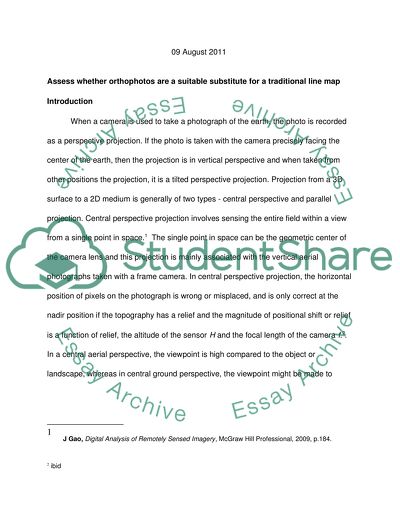Cite this document
(“Assess whether orthophotos are a suitable substitute for a traditional Essay”, n.d.)
Retrieved from https://studentshare.org/geography/1430247-assess-whether-orthophotos-are-a-suitable
Retrieved from https://studentshare.org/geography/1430247-assess-whether-orthophotos-are-a-suitable
(Assess Whether Orthophotos Are a Suitable Substitute for a Traditional Essay)
https://studentshare.org/geography/1430247-assess-whether-orthophotos-are-a-suitable.
https://studentshare.org/geography/1430247-assess-whether-orthophotos-are-a-suitable.
“Assess Whether Orthophotos Are a Suitable Substitute for a Traditional Essay”, n.d. https://studentshare.org/geography/1430247-assess-whether-orthophotos-are-a-suitable.


